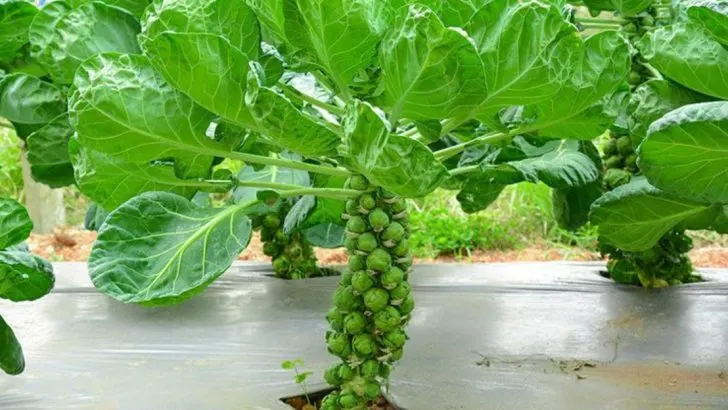Brussels sprouts aren’t the cute little veggies everyone thinks—they’re sneaky little divas with a mind of their own. I learned this the hard way. From bitter surprises to plants that refuse to grow, Brussels sprouts kept me on my toes (and sometimes on the edge of a meltdown). But after some epic fails and a few glorious wins, I cracked the code. If you want sprouts that make you proud instead of frustrated, skip the rookie mistakes and learn from my battle scars. Ready to turn those tiny green buds into garden stars? Let’s get growing—no more guesswork, just juicy, tasty sprouts that actually deliver.
Importance of Soil Quality
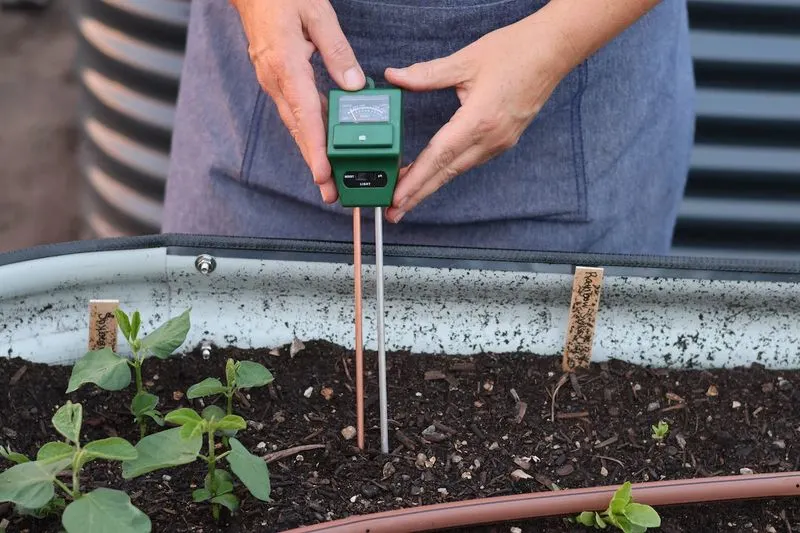
The heart of any healthy plant lies in its soil. For Brussels sprouts, the right soil quality can make or break the growing season. Start by testing the soil’s pH level, ensuring it sits between 6.0 and 6.8 for optimal growth.
Nutrient-rich, well-drained soil fosters robust sprouts, reducing the risk of pests and diseases. Compost can be an excellent addition, enriching the soil organically. Don’t forget to test for essential nutrients like nitrogen, which plays a crucial role in leafy growth.
A solid foundation in soil quality sets the stage for a bountiful harvest.
Timing is Everything
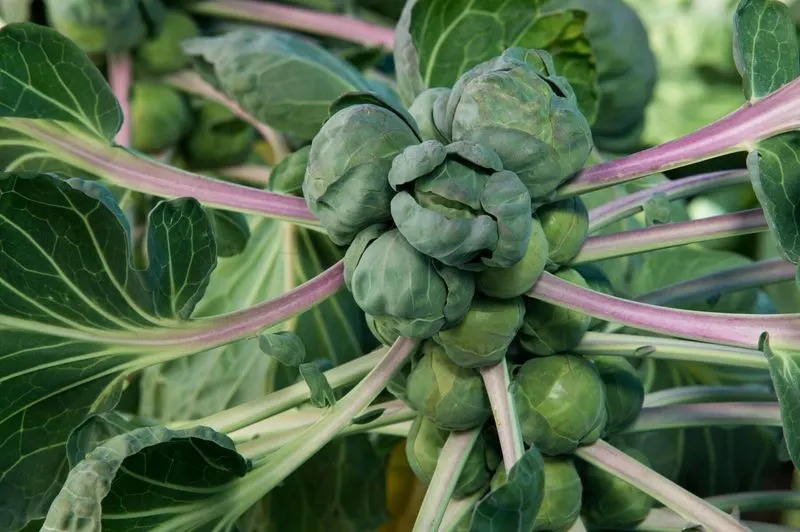
Timing can be the difference between success and failure in growing Brussels sprouts. Knowing when to plant is crucial. Ideally, plant sprout seeds in early spring or late summer, depending on your climate.
These little cabbages thrive in cooler weather, so avoid the scorching heat of summer. A well-timed planting ensures a thriving crop come harvest time.
Research the average frost dates in your area to plan your planting schedule effectively. This foresight can save your crops from unexpected weather changes.
The Magic of Mulching
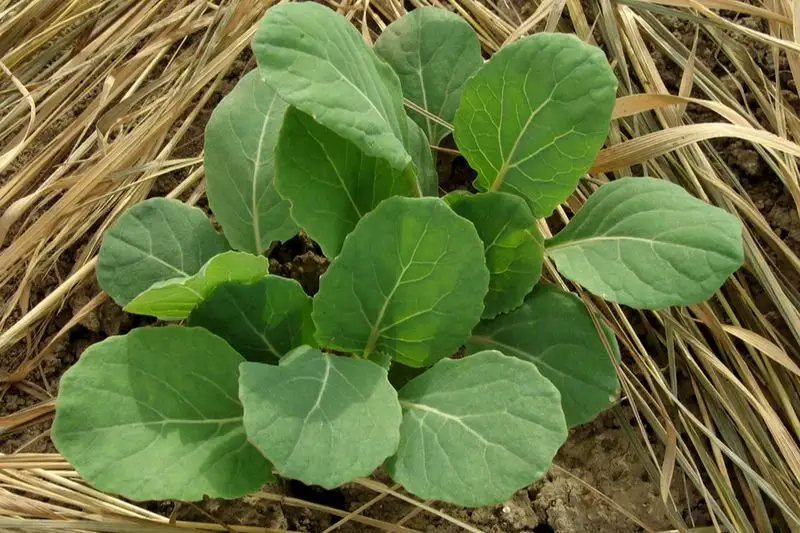
Mulching might seem like just another step, but it holds magical benefits for your Brussels sprouts. By applying a layer of organic mulch, such as straw or wood chips, you help retain moisture and regulate soil temperature.
This protective layer not only keeps the soil warm but also suppresses weeds that compete for nutrients. Mulching can also help deter pests, creating a more stable environment for your plants.
Mulching is a simple yet effective way to enhance the growing conditions for your sprouts and foster a more fruitful yield.
Understanding Pest Control
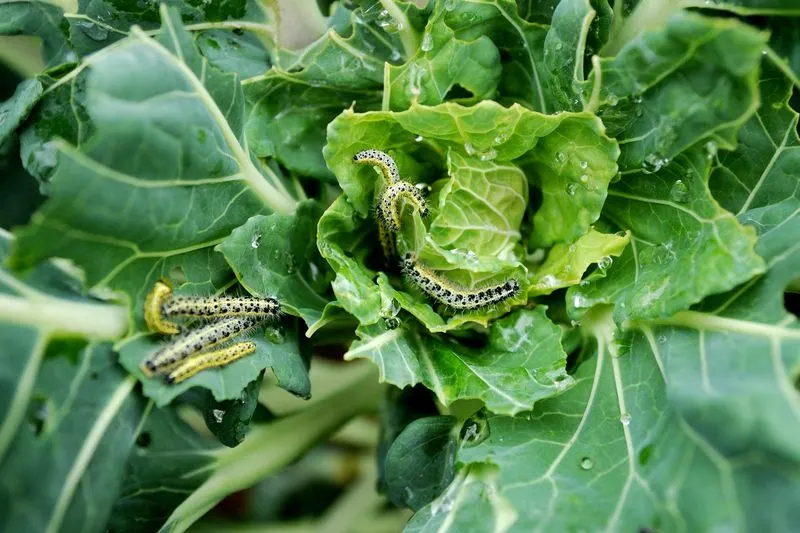
Pests can be a gardener’s nightmare, particularly with Brussels sprouts. Common pests like aphids and caterpillars can wreak havoc if left unchecked.
Regular inspection of leaves and stems is vital. Consider using natural pest control methods, such as introducing beneficial insects like ladybugs or applying neem oil.
Companion planting with herbs like mint can also help deter unwanted insects. Understanding and implementing effective pest control can save your sprouts from devastation and ensure a healthy crop.
Watering Wisely
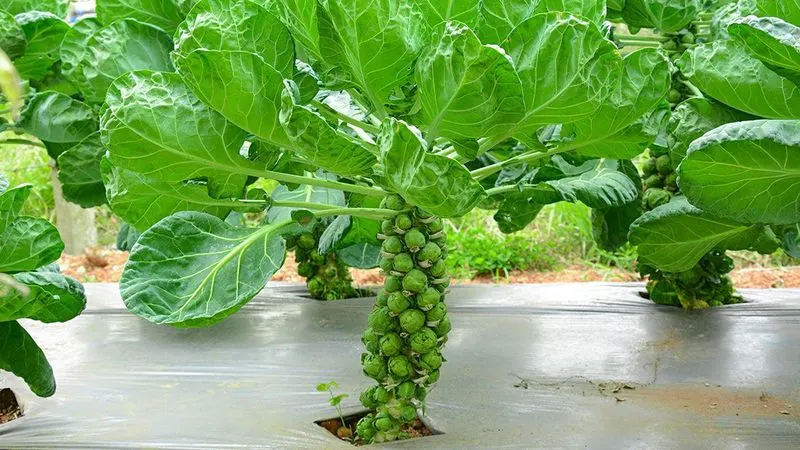
Watering may seem straightforward, but it’s an art when it comes to Brussels sprouts. Over-watering can lead to root rot, while under-watering stunts growth.
Aim for consistent moisture, keeping the soil slightly damp without being soggy. Early morning is the best time to water, reducing evaporation and allowing plants to absorb moisture throughout the day.
A drip irrigation system can offer precise and efficient watering. A balanced approach to hydration is key to raising healthy and vibrant Brussels sprout plants.
Recognizing Growth Stages
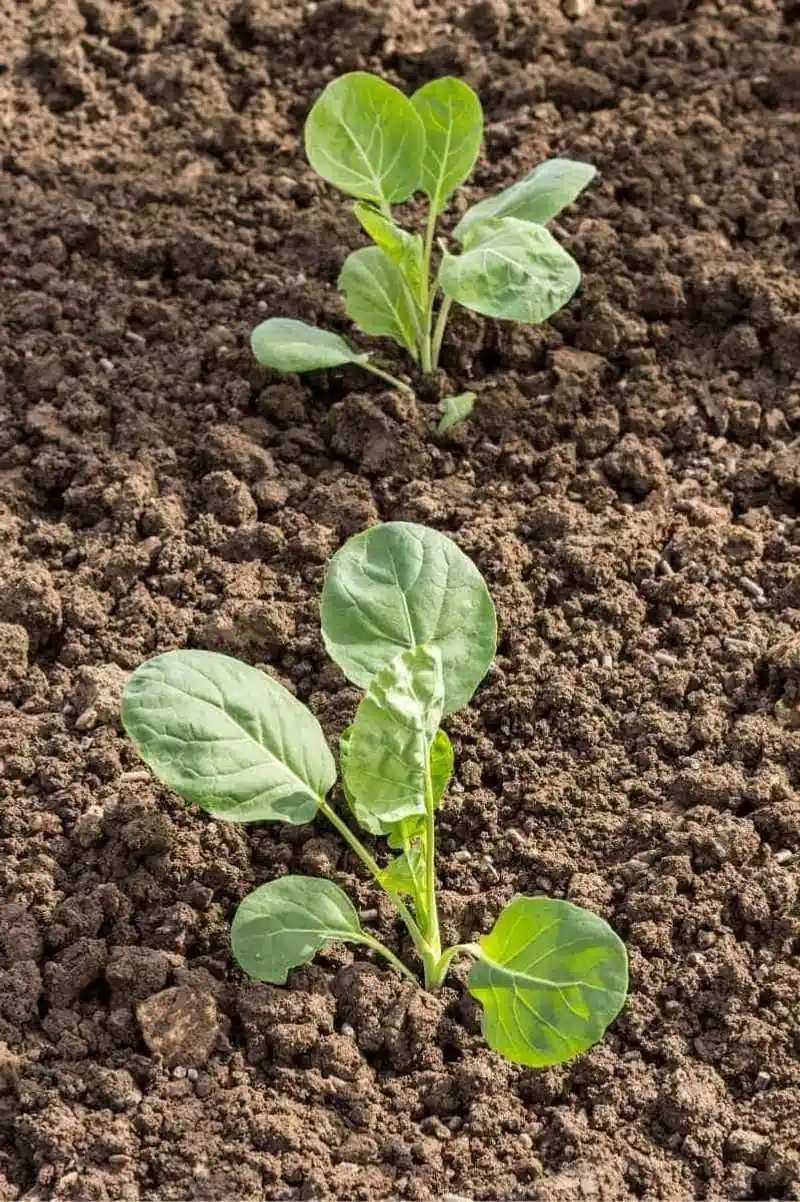
Understanding the growth stages of Brussels sprouts can help you anticipate their needs. From seedlings to mature plants, each stage requires different care and attention.
Seedlings need protection from harsh weather, while mature plants require more space and nutrients. Recognizing these phases helps in planning fertilization and pest control strategies.
This knowledge empowers you to provide the right care at the right time, ensuring a thriving growth cycle and a rewarding harvest.
Fertilization Techniques
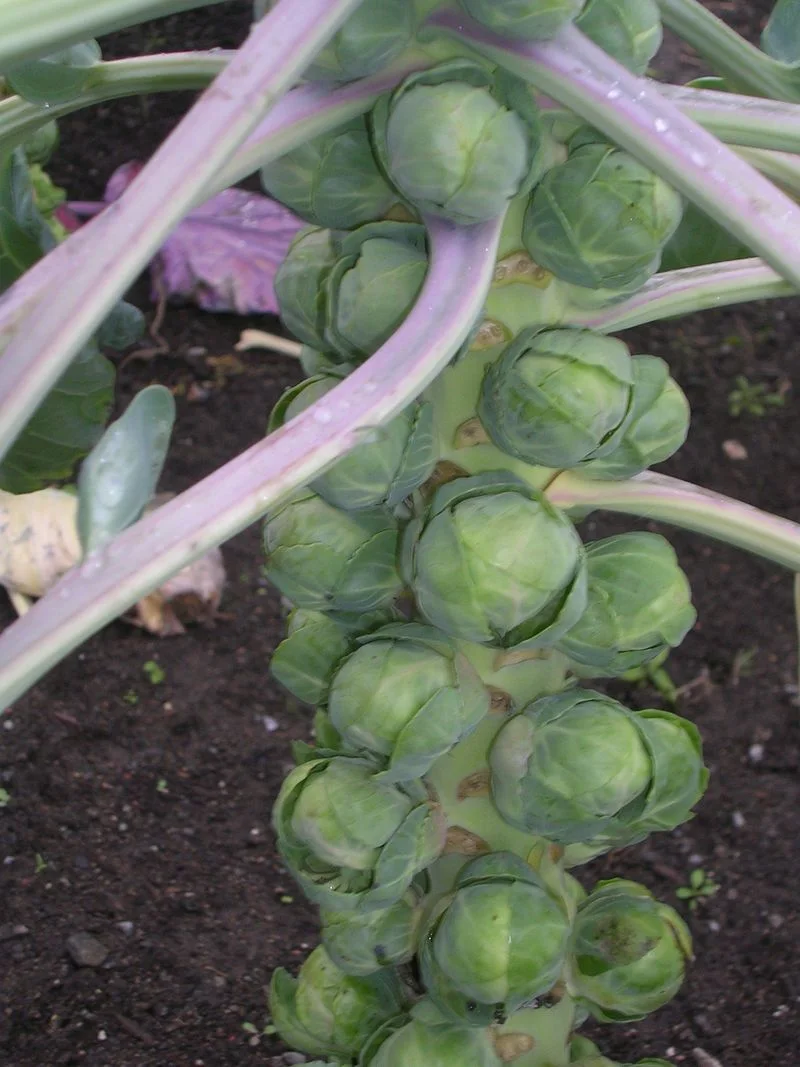
Fertilization isn’t just about adding nutrients; it’s about timing and technique. Brussels sprouts benefit from a balanced fertilizer applied at key growth stages.
Starting with a nitrogen-rich fertilizer promotes leafy growth, while a phosphorus boost aids in root development. Timing the application ensures maximum absorption and benefit.
Proper fertilization can enhance growth, improve yield, and contribute to vibrant, healthy sprouts. Understanding the science behind it can elevate your gardening game.
The Art of Pruning
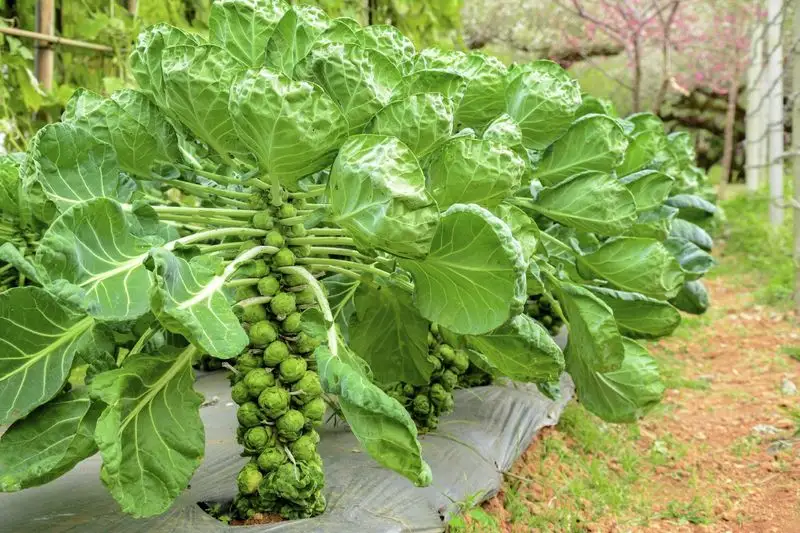
Pruning might feel like a daunting task, but it’s an essential art to master for Brussels sprouts. Removing the lower leaves can enhance airflow and reduce the risk of disease.
Pruning should be done carefully to avoid damaging the plant. It encourages upward growth and maximizes the plant’s energy toward developing sprouts.
A well-pruned plant is not only aesthetically pleasing but also more productive. It’s an art that requires patience and precision, rewarding you with healthier plants.
Spacing for Success
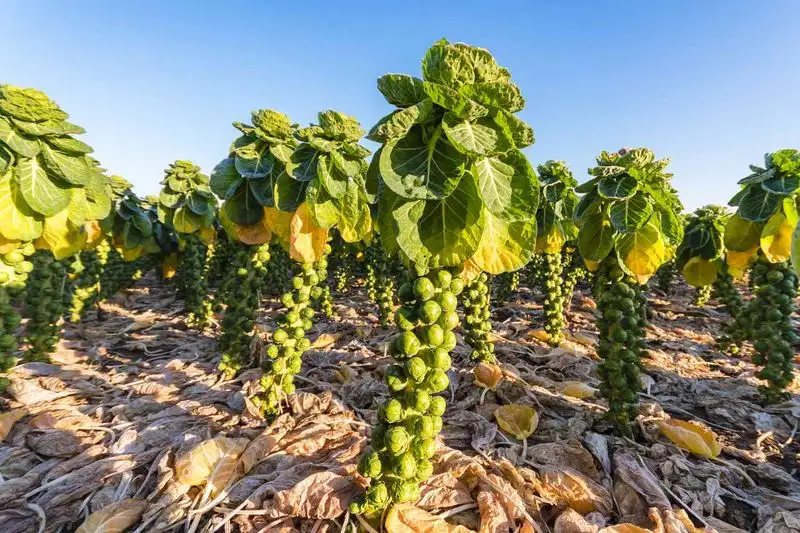
Spacing is more than just a visual consideration; it’s vital for the health of your Brussels sprouts. Adequate spacing allows for proper air circulation and sunlight exposure, reducing the risk of disease.
Plants placed too closely can compete for nutrients and moisture, stunting growth. Depending on the variety, aim for at least 18 inches between plants for optimal growth.
Thoughtful spacing promotes a thriving garden, yielding robust, healthy sprouts that are less prone to disease and pest issues.
Companion Planting Benefits

Companion planting can be a game-changer for Brussels sprouts. Certain plants, like marigolds and herbs, can enhance growth by repelling pests and attracting beneficial insects.
These companions can also improve soil health and provide shade, optimizing the growing conditions for sprouts. Understanding which plants work well together can lead to a more fruitful and harmonious garden.
Companion planting is a natural way to boost growth and health without relying on chemical solutions.
The Role of Sunlight
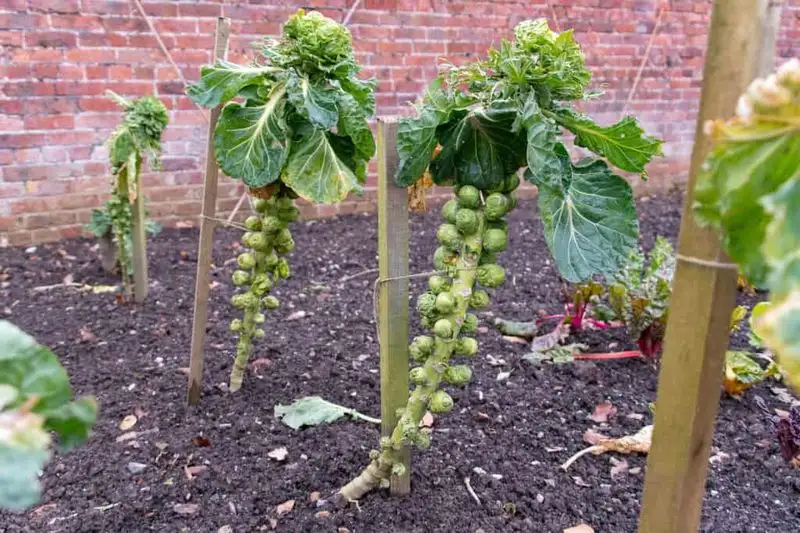
Sunlight is a vital ingredient in the recipe for growing Brussels sprouts. These plants thrive with at least six hours of direct sunlight daily.
Without adequate sunlight, plants may become leggy and weak, affecting their yield and quality. Positioning your garden to maximize sun exposure can make a significant difference.
Consideration of sunlight, along with other growing conditions, lays the foundation for a successful and productive Brussels sprouts harvest.
Managing Temperature
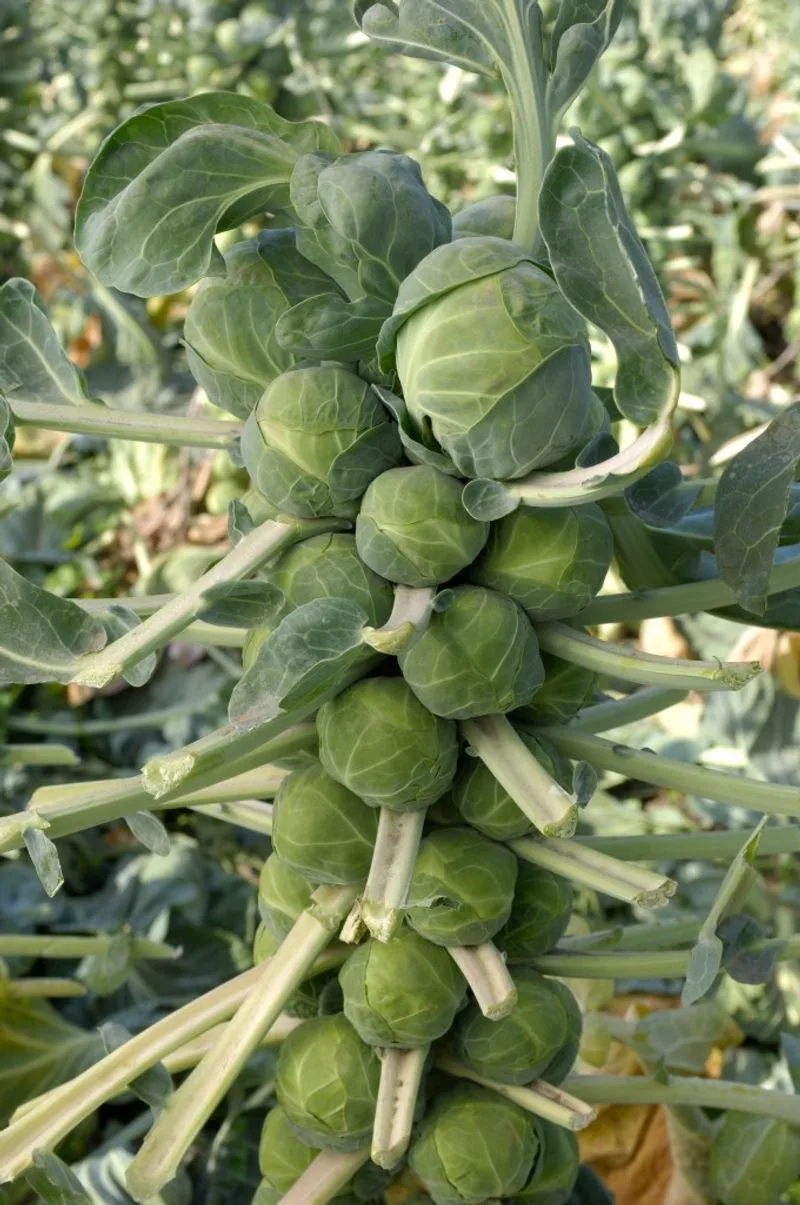
Brussels sprouts relish cooler temperatures, making temperature management crucial. Extreme heat can stress the plants, slowing growth and affecting yield.
By planting at the right time and using mulch, you can help regulate soil temperature. In hotter climates, consider providing shade or using a greenhouse to maintain optimal conditions.
Understanding and managing temperature is essential for a healthy and productive Brussels sprouts garden, ensuring robust growth and quality produce.
Dealing with Harvest Time
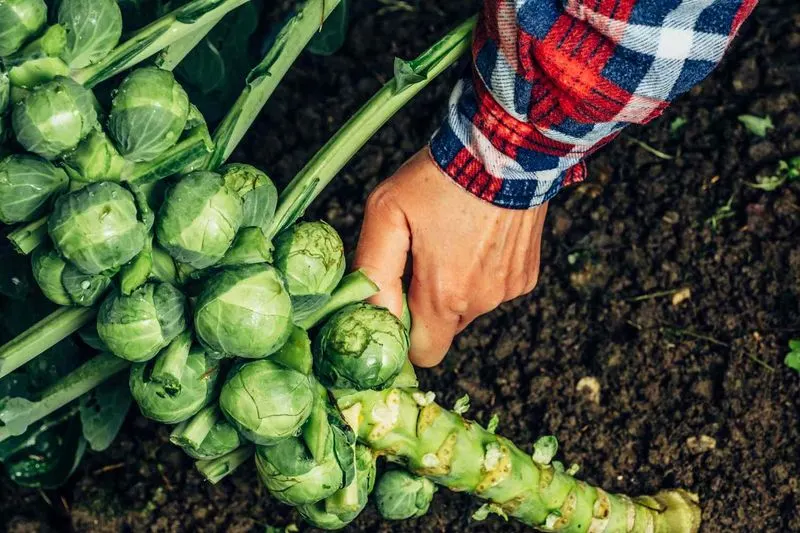
Harvest time is a moment of triumph for any gardener. Knowing when to pick Brussels sprouts is crucial; too early, and they lack flavor, too late, and they become bitter.
Look for firm, compact sprouts on the lower part of the stalk, harvesting from the bottom up. This method encourages continued growth and development.
A well-timed harvest is a celebration of your hard work and dedication, rewarding you with fresh, delicious sprouts ready for the table.
Storage and Preservation
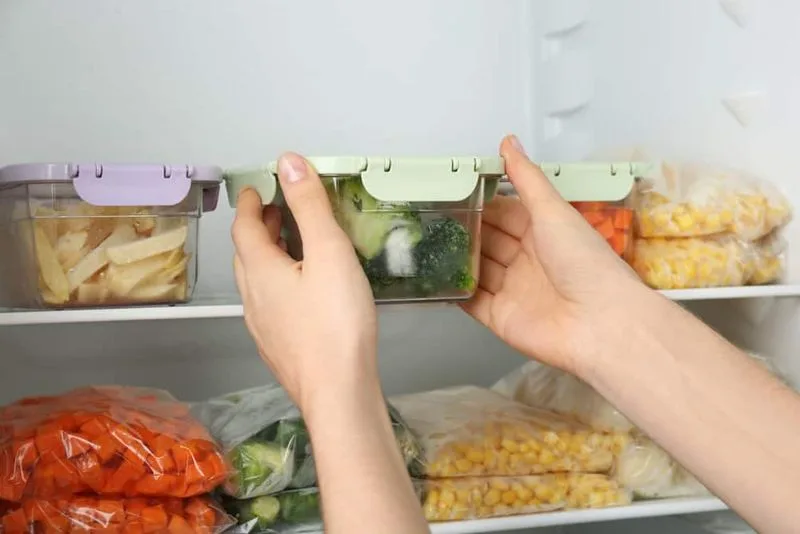
After a successful harvest, storage becomes the next challenge. Proper storage extends the freshness and flavor of Brussels sprouts.
Refrigerate sprouts immediately to maintain their crispness, or consider blanching and freezing for longer preservation. Proper handling ensures they remain fresh and nutritious.
Understanding the best storage methods allows you to enjoy your harvest long after the garden has been put to bed, preserving the fruits of your labor.
Embracing the Learning Journey
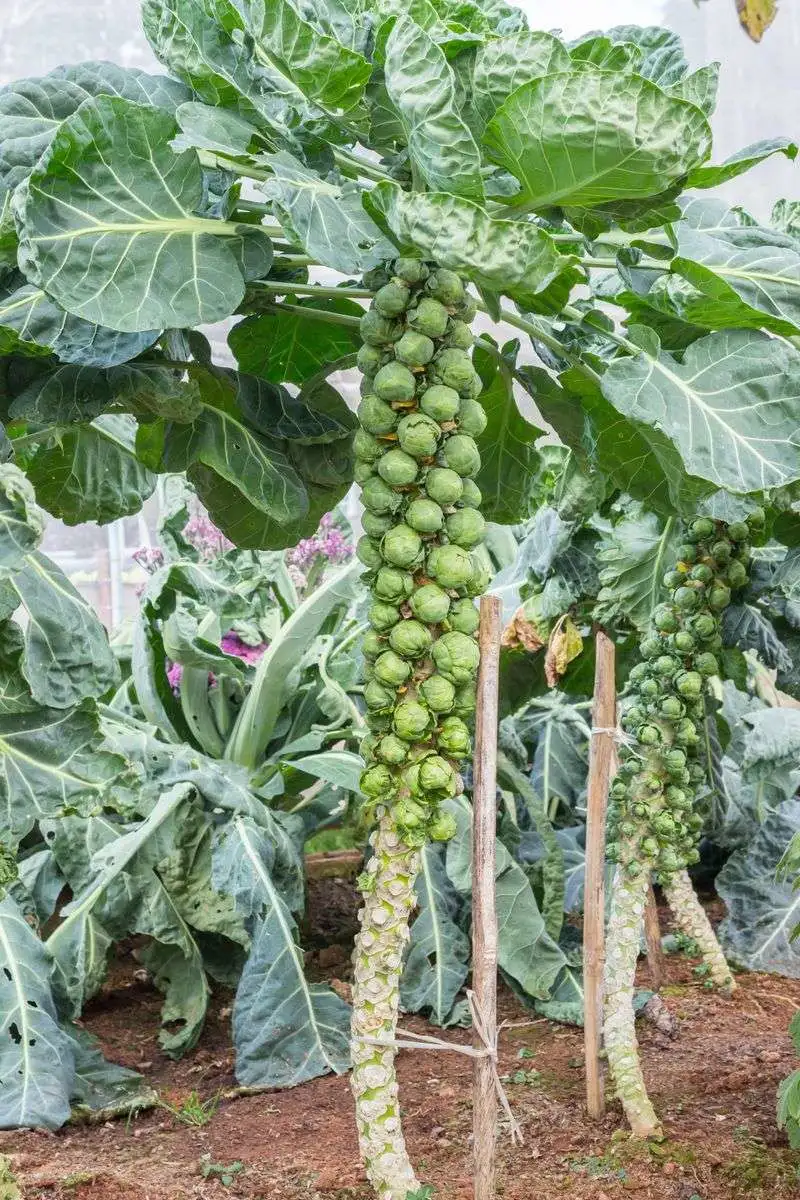
Gardening is a journey, and growing Brussels sprouts is no exception. Embrace the challenges and victories, learning from each season’s triumphs and mishaps.
Keeping a gardening journal can help track progress and plan for future seasons. Reflecting on what works enhances your skills and knowledge.
Every sprout grown, whether perfect or imperfect, contributes to your growth as a gardener. Celebrate the learning process and the joy it brings to your life.

